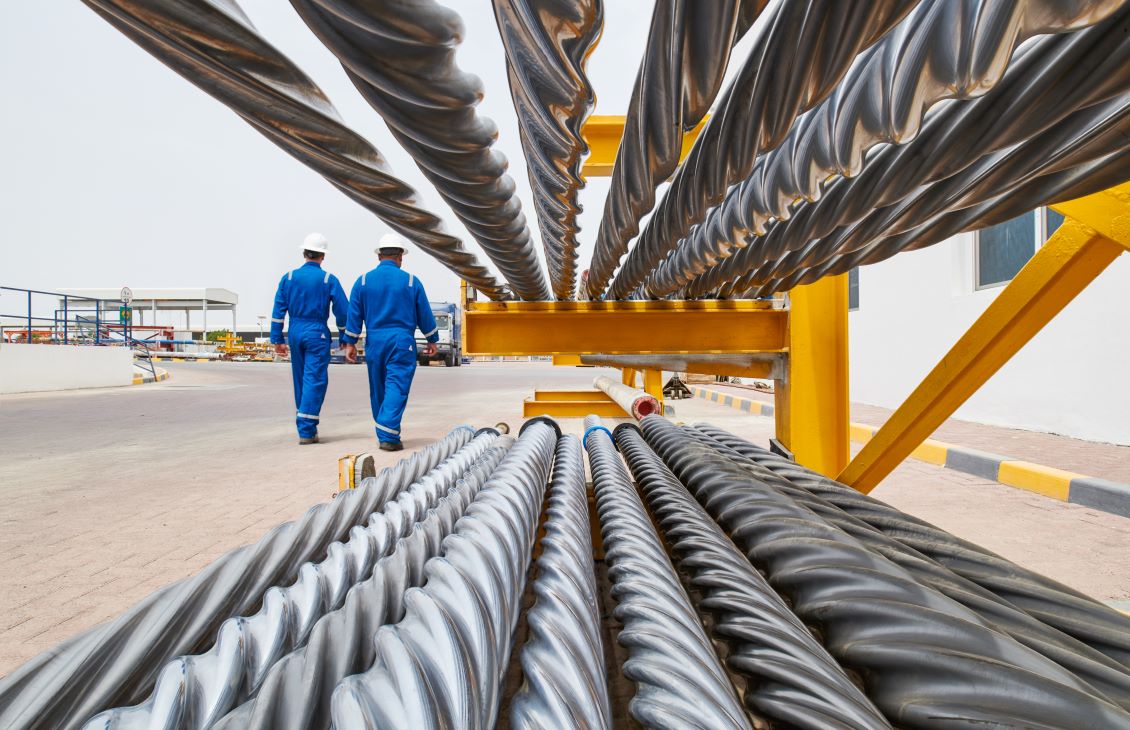

Defining Directional Drilling
Case Studies

Directional drilling traces its roots to well-surveying methods used by drillers in the 1920s. Early methods of correcting for wellbore deviation later became the basis for techniques that drillers used to deliberately deflect well paths in desired directions. Initial efforts typically aimed to maneuver the wellbore around an obstacle, but by the 1930s, engineers had drilled a controlled directional well from an onshore surface location on the California coast to an offshore reservoir.
Early directional wells were drilled using rotary bottomhole assemblies (BHAs). Engineers manipulated drilling parameters such as weight on bit, rotary speed, and BHA geometry to achieve a desired trajectory. By varying these and other parameters, the driller could adjust the side forces acting on the bit and cause the well to build, drop, or hold its trajectory angle.
BYLINE
Kate Mantle, Directional Drilling Advisor
PUBLICATION
Oilfield Review
PUBLICATION DATE
6/26/2019
Today, drillers use rotary steering tools to direct bit inclination and azimuth. These sophisticated assemblies allow the directional driller to steer the BHA using commands from the surface without retrieving the assembly to the surface. Additionally, measurement-while-drilling sensors deliver bit location and direction, and logging-while-drilling tools transmit log data to the surface. Downhole data is received in real time, allowing the directional driller to steer the well with exacting accuracy toward distant targets that otherwise would be uneconomic to access.

The article “Defining Directional Drilling” provides a concise overview of the directional drilling process. The article describes the basic concepts of directional drilling and the evolution of this highly sophisticated technique for reaching once-inaccessible reserves. Through definitions and illustrations, the article defines the basic techniques used by directional drillers in ways that nonexperts can easily grasp.
Transformative Technology
-

Defining Well Intervention
Extending the life of producing wells.
-

Defining Permeability
Discover how this downhole parameter affects production.
-

Defining Artificial Lift
Options and considerations in delivering the ideal system.
-

Defining Directional Drilling
The art of controlling wellbore trajectory.
-

Defining Reservoir Engineering
Application of engineering principles for evaluating and managing reservoirs.
-

Defining Geomechanics
Geomechanics is the study of how soils and rocks deform, sometimes to failure, in response to changes of stress, pressure, temperature and other environmental parameters.